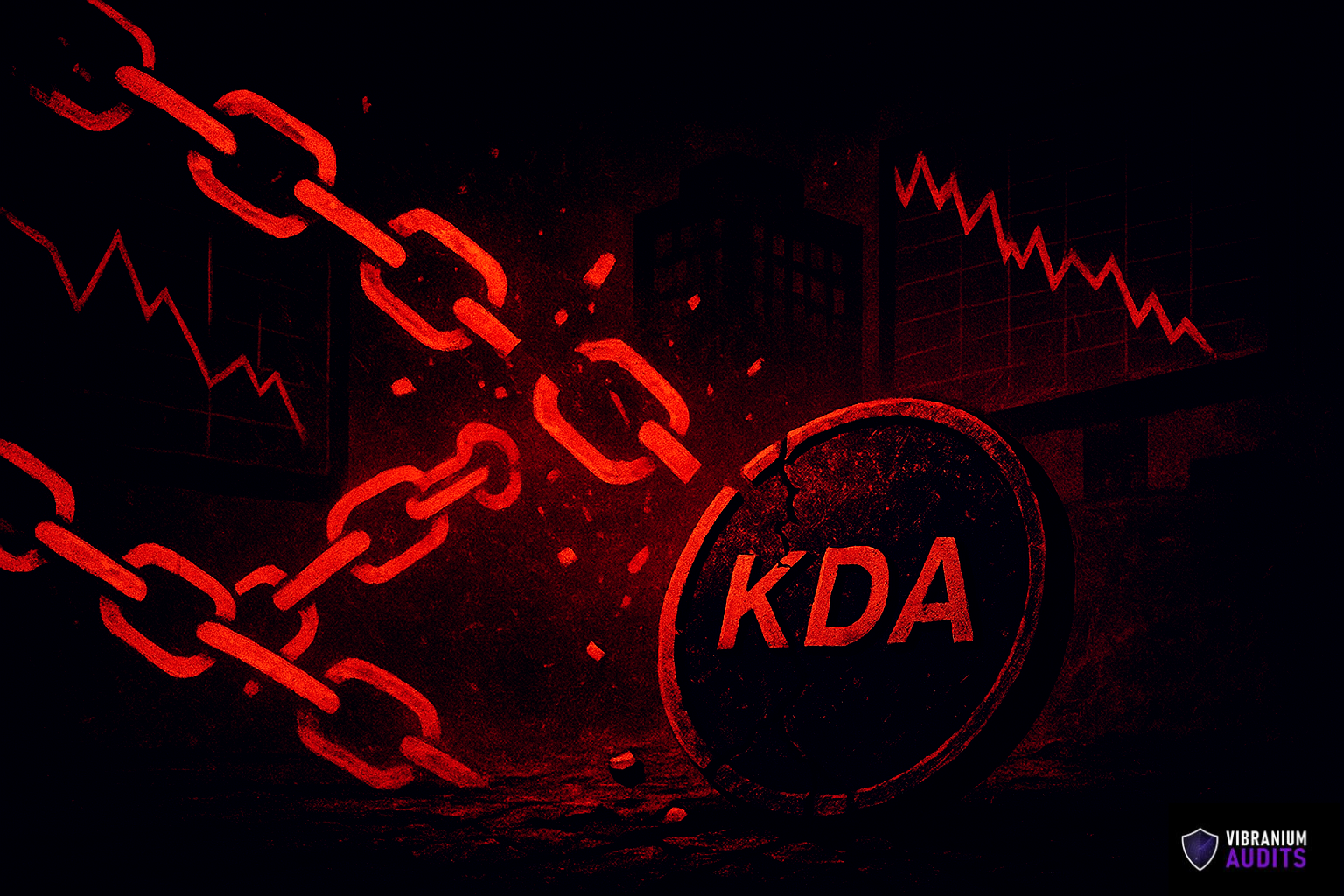In the realm of blockchain innovation, ERC-4337 has emerged as a groundbreaking concept championed by none other than@VitalikButerin. This standard introduces the notion of account abstraction, a paradigm shift that aims to reshape the landscape of Ethereum addresses as we know them today. Let's delve into the intricacies of this concept, explore its potential applications, and grasp the vision driving its development.
A) Demystifying Account Abstraction
At its core, account abstraction challenges the conventional dichotomy between External Owned Addresses (EOAs) and Smart Contracts. Traditionally, EOAs are controlled by private keys, while smart contracts are governed by code. However, account abstraction blurs these distinctions, treating all accounts as smart contracts.
Why does this matter? By erasing the boundaries between EOAs and smart contracts, account abstraction empowers users and developers to customize transaction validation rules. This newfound flexibility enables innovative approaches to transaction approval, such as multi-signature schemes, social recovery mechanisms, or any other logic that can be encoded into a smart contract.
B) Exploring Use-Cases
The versatility of account abstraction unlocks a plethora of innovative applications:
- Simplified User Experience: Account abstraction streamlines the user experience by eliminating the need to manage private keys directly. Instead, users can utilize more familiar authentication methods, such as passwords or biometric data, to control their accounts.
- Multi-Signature Accounts: Integrating multi-signature functionality directly into Ethereum accounts simplifies the management of joint accounts, reducing reliance on external smart contracts.
- Social Recovery: Account recovery becomes more accessible with account abstraction. Users can set up mechanisms where trusted individuals assist in account recovery, offering a safety net in case of lost or compromised private keys.
- Batch Transactions: Users gain the ability to execute multiple actions within a single transaction, potentially reducing transaction fees and enhancing efficiency when interacting with decentralized applications.
C) The End Goal
At its essence, the overarching goal of account abstraction is to democratize blockchain accessibility and enhance flexibility. By abstracting away complexities related to account management and transaction signing, this concept aims to lower entry barriers for new users while bolstering security measures.
Account abstraction represents a pivotal stride towards a more user-friendly blockchain ecosystem. Despite the technical challenges ahead, the potential to revolutionize digital asset interaction and propel mass adoption makes it a development of paramount importance.
What are your thoughts on account abstraction? Join the conversation and share your insights!










